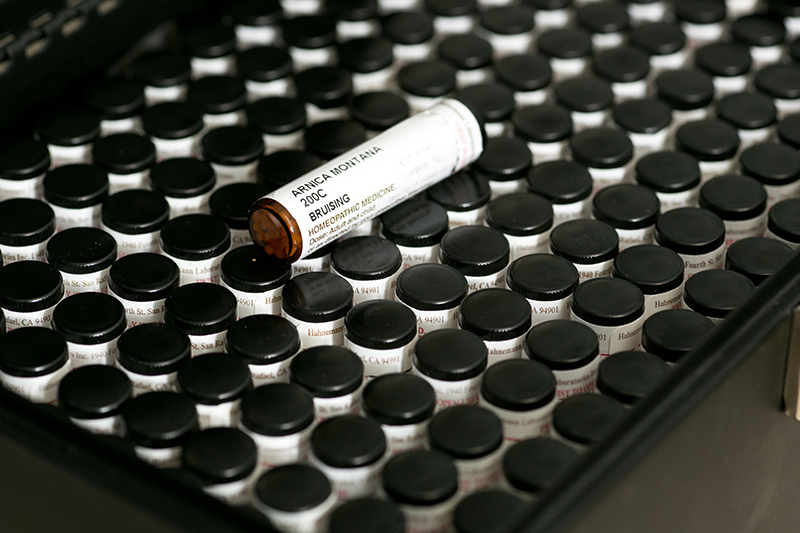
Homeopathic medicine employs natural remedies from the plant, mineral and animal kingdoms to bring curative change to the body. Homeopathic philosophy sterns back to ancient Hindu text to Aristotle and Hippocrates who spoke of “treating like with like.”
The practice of Homeopathy was developed by the 18th century physician Samuel Hahnemann. He coined the term “law of similars” to describe his insight that substances, when properly ‘potentized’, can stimulate the healing of conditions that they would actually cause IF taken in their crude,natural state. ‘Potentizing’ describes the process of continually refining and diluting the natural substance until it reaches a state where the energetic essence of the substance is preserved, while the crude structure is eliminated. This discovery was realized when he found that using minute doses of quinine, found in tonic, would bring about a healing response in people with malaria. If a person were to ingest a large quantity of quinine it would bring about symptoms similar to malaria. Another example would be using a homeopathic dose of poison i to treat eczema or other skin issues. Homeopathic Amica (often used for sore muscles) and oscillococcinurn (used for flu) are two of the most commonly used remedies. Since Dr. Hahnemann’s time, more than 3,000 substances have been investigated for medicinal use.
Dr. Devlin has found homeopathic remedies to be of exceptional value, for all ages, but particularly for treating infants and children for both behavioral and physical concerns.
Finding the correct remedy for any given patient involves taking a detailed history of the patient’s complaints and an examination of the individual case based on the physical, mental and emotional levels. Homeopathy is safe, inexpensive, powerful and does not interact or interfere with the use of other medicines.

